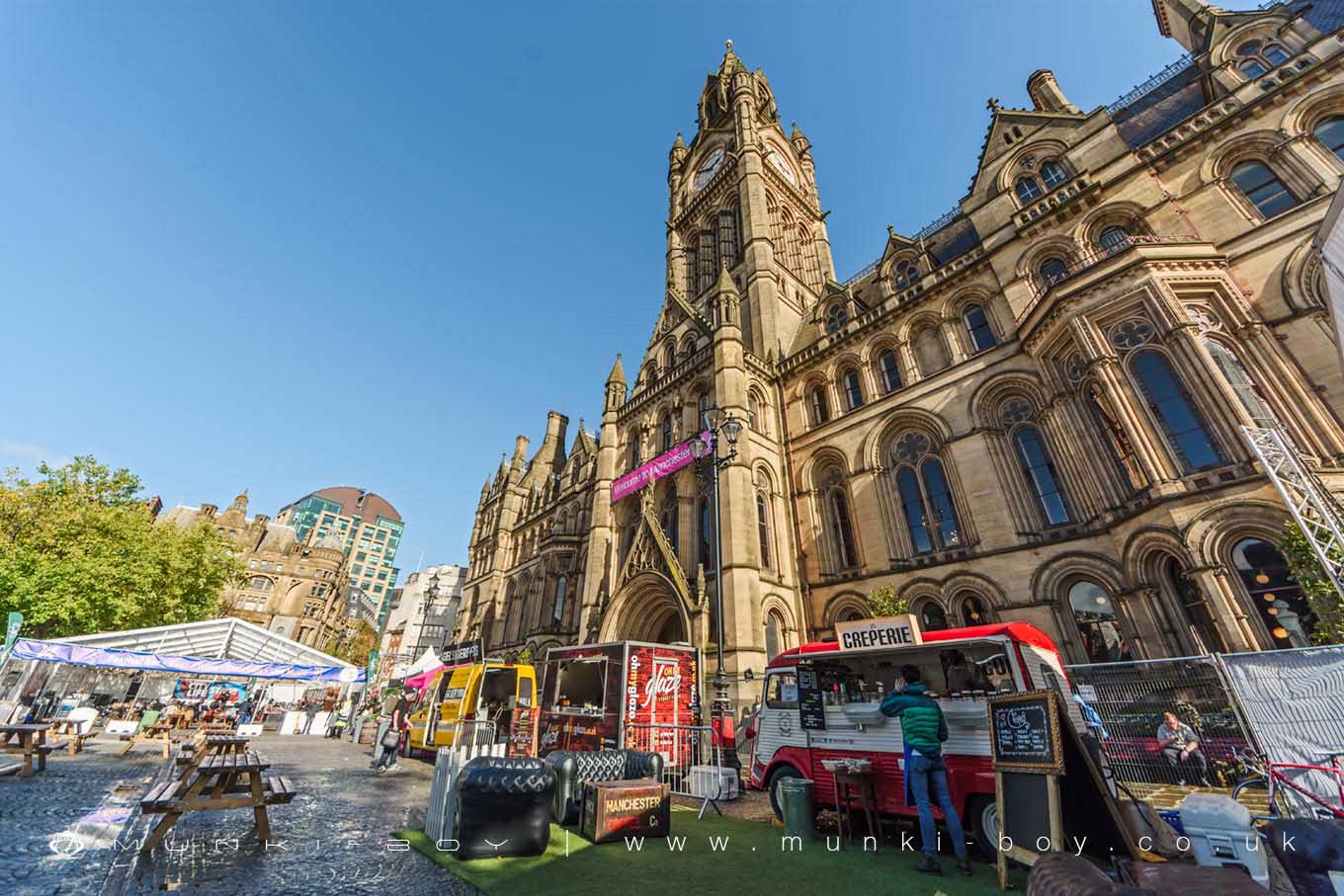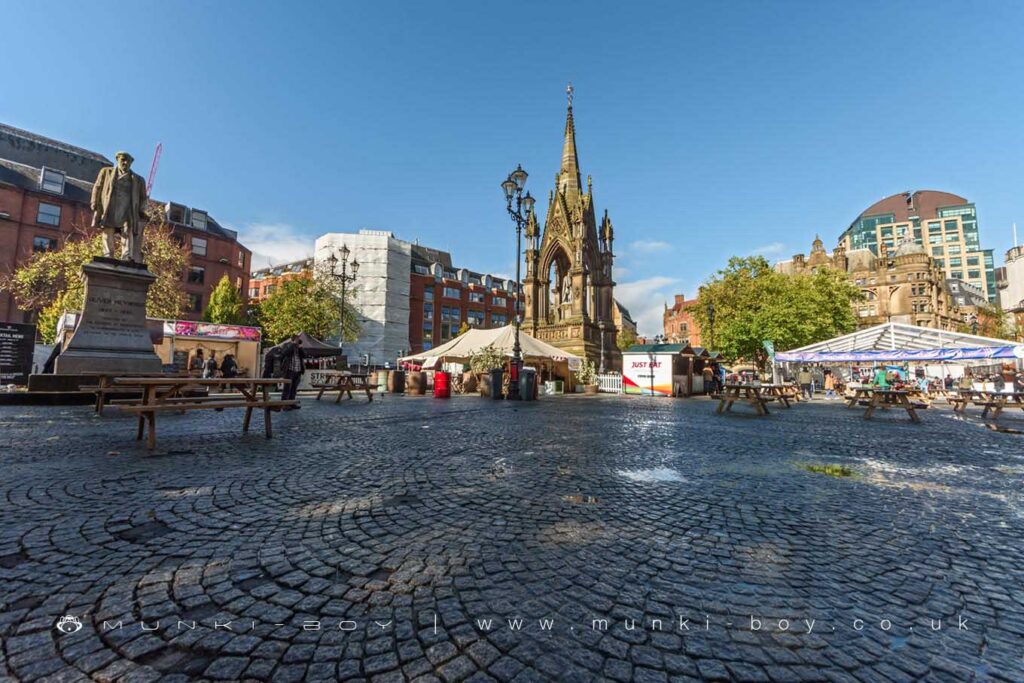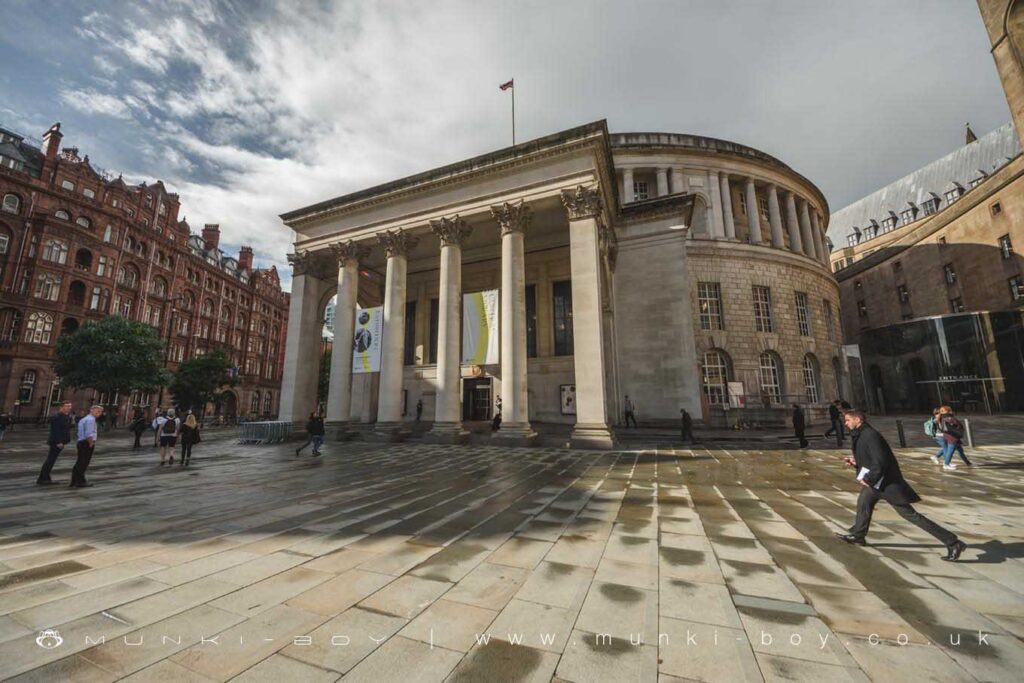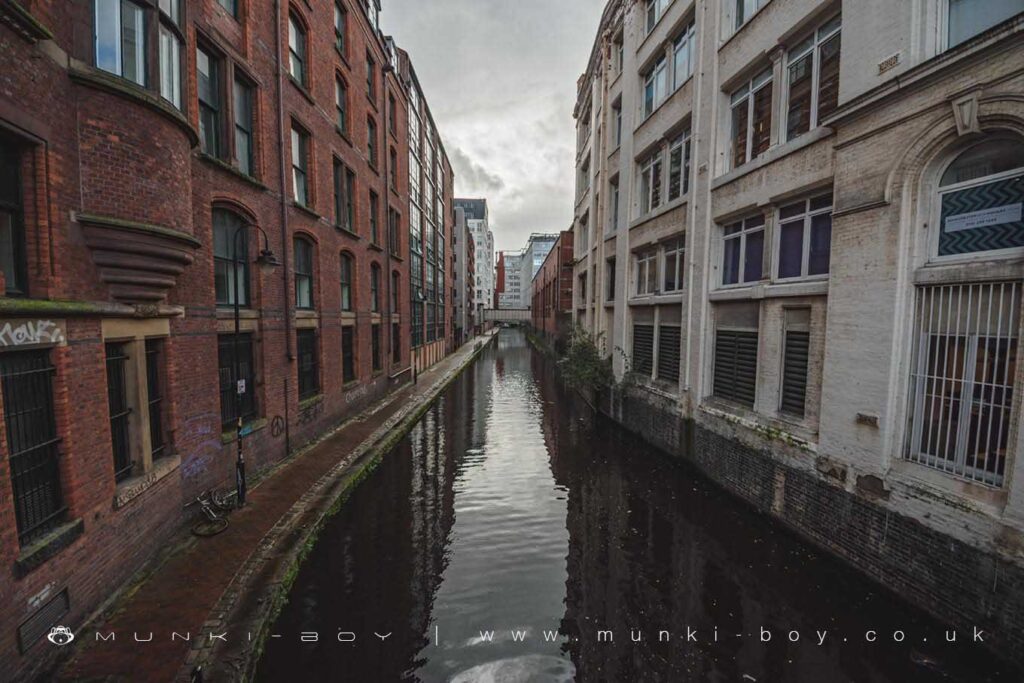
Manchester
Manchester is a city in Northwest England and is surrounded by several smaller cities, boroughs and suburbs that together form an urban area with a population exceeding 2.4 million. Manchester lies within one of the UK’s largest metropolitan areas, the Manchester City Region. Manchester has been a thriving settlement since Roman times when it was known as Mancunium. Manchester played a significant part in the Industrial Revolution and from
the early-19th century, Manchester’s economy depended on large scale cotton spinning; weaving sheds, known locally as ‘factories’ dominated Manchester’s landscape throughout the Industrial Revolution which resulted in Manchester becoming world’s first industrialised city. Manchester is also known for its sporting connections and is home to the Premier League football club, Manchester City, Manchester United and Lancashire County Cricket Club.
Manchester is also home to Manchester Metropoliton University, the largest university in the UK outside of London. Manchester is famous for its architecture.
Manchester was granted the title of city in 1853 due to its rapid population expansion at that time. Manchester’s current motto is ‘Arts et Industria’ which means ‘arts and industry’ in Latin. Manchester lies within a green belt region that extends into the wider surrounding counties, it is an area that sprawls across parts of England but mostly lies within northern England. The population increase between 2001-2011 was about 25% which makes Manchester one of Europe’s fastest growing metropolitan areas after Paris and Athens. Manchester is a very diverse city with more than 75 ethnic groups calling Manchester home, Manchester is also one of the most multi-cultural cities outside of London. Manchester has two professional football clubs, Manchester City and Manchester United. Manchester City play their home games at The Etihad Stadium which was opened in 2002 and Old Trafford, the home of Manchester United was built in 1910 and is currently being expanded to hold up to 76 000 spectators.
Manchester’s skyline is rapidly changing from that of a 20th century industrial city into a 21st century cosmopolitan metropolis due to new construction work springing up on all sides.
History of Manchester
Manchester has a history going back to the Roman times when Manchester was known as Mancunium. Manchester’s history has significant landmarks such as Manchester Cathedral and the Manchester Boardwalk. Manchester is also home to Victorian architecture and took part in the Industrial Revolution which turned Manchester into a world-renowned city.
Manchester City Council
The City of Manchester Council was founded in Manchester after the incorporation of the city in 1838. The council provides local government for Manchester and with neighboring Salford, parts of Trafford, Stockport and some small parts of Cheshire like Wilmslow and Tameside, it provides transport, education, social services and trading standards to Manchester residents. Manchester had its own County Borough from 1889 until 1974 when it merged with Salford to form the newly created metropolitan boroughs ofManchester and Salford. Manchester City Council is one of the largest employers in Manchester with more than 2000 employees, Manchester City Council is run by a directly elected citywide mayor and a cabinet who are accountable for their actions to Manchester residents.
Manchester Ship Canal
Manchester became the first British city to have an independent access to the sea in 1894 when Manchester Ship Canal was officially opened although canal building had started back in the early-1790s. The ship canal runs 22 miles from Salford Quays to Eastham Locks on the estuary of The River Mersey near Liverpool which allowed Manchester trading ships easy access into Manchester’s docks thus making Manchester an important world seaport until 1970 when it came under control of British Waterways until November woof Manchester council purchased Manchester Ship Canal of Manchester City council.
Manchester is home to 78000 businesses with more than 1500 of those employing over 500 people each making it an important economic center in Europe second only after London.
Manchester University
The University of Manchester is considered to be one of the country’s top universities outside London having been awarded the title of the best university outside of London in 2007 by The Times and The Sunday Times Good University Guide. Manchester University is home to one of the UK’s oldest and biggest scientific research centers which work closely with similar research centers in Manchester such as Jodrell Bank Observatory and there is a strong link between Manchester and space exploration. Manchester works closely with NASA and ESA (European Space Agency). Manchester has played an important role in the development of computing having produced Manchester Mark 1, world’s first programmable computer, Manchester computers were also used by NASA for early space exploration missions during the moon landings.
The West Pennine Moors
Manchester is surrounded by the West Pennine Moors which has Manchester City Council taking care of more than 11000 hectares (270 sq miles) of moorland and Manchester City Council also manages Manchester’s Community Forests. Manchester City Council work closely with Manchester residents to help maintain forests and wildlife preservation. Manchester’s climate often makes it prone to floods with some notable incidents throughout history like that of August 2007 when heavy rain caused severe flooding in Manchester city center.
Manchester Airport
Manchester Airport is reputedly one of busiest airports in the UK, Manchester airport is home to six airlines including low-cost airline RyanAir who operate flights within Europe as well as a number of cargo operators . The area around the airport has been developed for commercial use makingManchester Airport an important business tool for Manchester as well as a key region in Manchester’s economy. Manchester airport is the third busiest airport in the UK after Heathrow and Gatwick Airport.


Local History
Historic monuments near Manchester
- The Hanging Bridge immediately south of Manchester Cathedral – 0.64 km away
- Section of an early medieval boundary ditch known as the Nico Ditch in Platt Fields 480m SSE of Platt Hall – 3.97 km away
- Clayton Hall moated site – 4.23 km away
- Peel Moat – 6.68 km away
- Remains of eastern wall of the Roman fort – 0.80 km away












